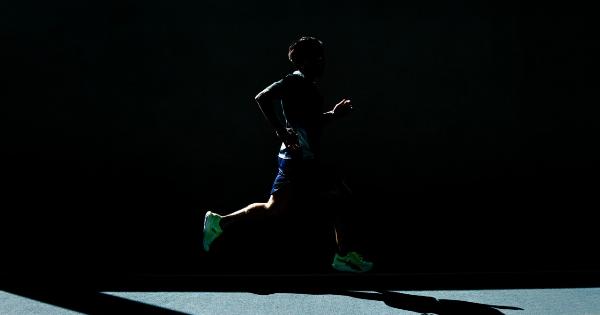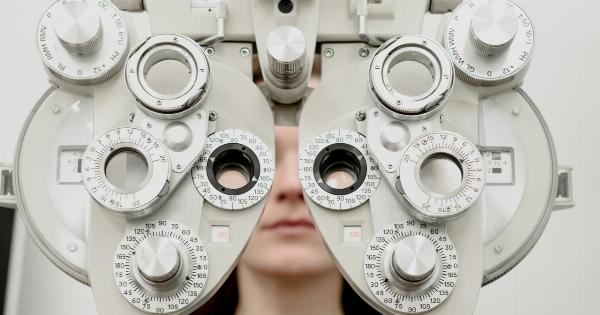Corneal transplantation, also known as keratoplasty, is a surgical procedure that involves the replacement of the damaged, scarred, or cloudy corneal tissue with a healthy one.
It is a common surgical intervention that is used to treat a range of conditions affecting the cornea, such as corneal dystrophy, keratitis, and corneal scarring due to trauma or injury. In recent years, there have been significant advancements in the techniques and approaches used in corneal transplantation. One of these approaches is partial corneal transplantation or lamellar keratoplasty (LK).
In this article, we will discuss contemporary approaches to corneal partial transplants.
Types of Partial Corneal Transplants
Partial corneal transplantation includes several techniques, which can be broadly classified into two categories:.
Anterior Lamellar Keratoplasty (ALK)
Anterior lamellar keratoplasty (ALK), also known as Lamellar Keratoplasty (LK), involves the removal and replacement of the outermost corneal tissue without disturbing the deeper layers of the cornea.
ALK is typically used to treat corneal surface disorders that affect the outermost layer of the cornea, such as superficial corneal scars, keratoconus, and other corneal dystrophies.
Posterior Lamellar Keratoplasty (PLK)
Posterior lamellar keratoplasty (PLK) involves the removal and replacement of only the innermost layer of the cornea, i.e. the endothelium and Descemet’s membrane.
PLK is typically used to treat endothelial diseases affecting the inner layer of the cornea, such as Fuchs’ endothelial dystrophy and bullous keratopathy.
Contemporary Approaches to Corneal Partial Transplants
DALK technique
Deep anterior lamellar keratoplasty (DALK) is a method that aims to protect the endothelial layer while replacing the cornea’s anterior stroma.
One of the key advantages of DALK is that it preserves the healthy layer of cells that line the inside of the cornea. During the procedure, the surgeon makes a small incision on the surface of the cornea and then removes the anterior stroma tissue down to Descemet’s membrane.
The donor cornea tissue is then grafted onto the remaining stromal bed to replace the removed tissue. Compared to conventional keratoplasty, DALK reduces the likelihood of rejection of the donated cornea.
Descemet’s Membrane Endothelial Keratoplasty (DMEK)
Descemet membrane endothelial keratoplasty (DMEK) is a relatively new technique that involves the transplantation of a thin layer of Descemet’s membrane and endothelial cells.
The technique aims to preserve the cornea’s normal shape and function and to avoid the complications associated with the transplantation of thicker grafts. In DMEK, the surgeon peels off the Descemet’s membrane and endothelium from the donor cornea and places it into the recipient’s eye.
The graft adheres to the back of the cornea, and the patient’s own endothelial cells migrate onto the donor tissue, ideally providing a renewed endothelial layer.
Pre-Descemet Endothelial Keratoplasty (PDEK)
Pre-Descemet endothelial keratoplasty (PDEK) is a novel transplantation technique that involves the transplantation of the Descemet’s membrane along with an additional thin layer of stroma.
This technique combines the advantages of DMEK and DALK, as it preserves the natural shape and function of the cornea and also avoids the risk of primary graft failure associated with DMEK. The technique involves grafting a donor Discemet’s membrane along with a thin layer of stroma that protects the patient’s endothelial cells from damage during the transplant process.
Risks and Complications
Partial corneal transplantation procedures are generally considered to be safe and effective. However, all surgical procedures come with risks and potential complications.
Some of the risks and complications associated with corneal transplantation include:.
- Failure of the transplant
- Rejection of the transplant
- Infection
- Hemorrhage
- Glaucoma
Patients who are considering corneal transplantation should discuss the potential risks and complications with their ophthalmologist to make an informed decision about the best treatment option for their condition.
Conclusion
Partial corneal transplantation approaches, such as ALK, PLK, DALK, DMEK, and PDEK, provide newer alternatives to traditional corneal transplant methods, with potentially fewer complications.
These procedures offer restoring vision through the replacement of faulty or damaged corneal tissue while reducing the likelihood of rejection of the donated tissue. With advancements in transplant techniques comes promising hope to improve the success rates, minimalizing the likelihood of complications, and restoring vision to patients.































